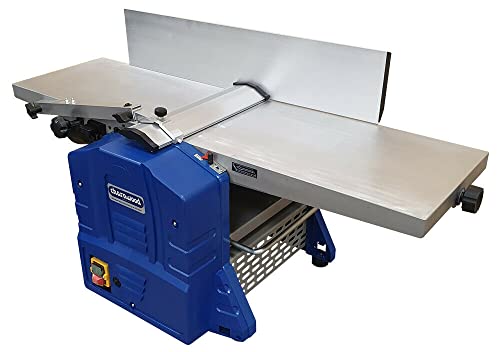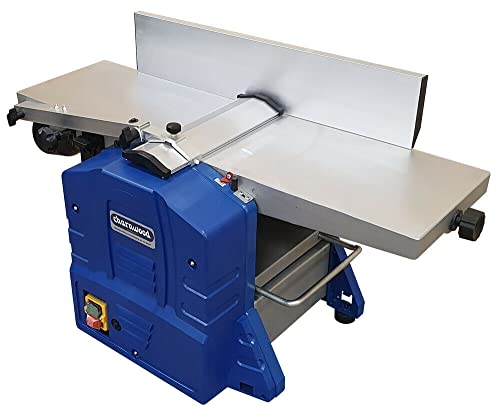Understanding Thickness Planers: What They Do and Why You Need One
What is a Thickness Planer?
A thickness planer is an essential tool for woodworkers who want to achieve precise and uniform thickness across their wooden boards. In simple terms, it removes material from the surface of the wood to ensure that each board has the same thickness, which is crucial for ensuring that joints fit together perfectly and for achieving a professional finish in your projects.
Why Invest in a Thickness Planer?
If you often work with rough lumber or reclaimed wood, having a thickness planer will save you time and help elevate the quality of your work. Instead of relying on pre-cut boards from a store, you can buy rough stock at lower prices and transform it into beautifully finished material for any woodworking project. Additionally, a thickness planer provides consistency across multiple boards, ensuring that your projects are not only visually appealing but also structurally sound.
Key Features to Look For: Picking the Right Thickness Planer for Your Needs
Motor Power and Speed
When selecting a thickness planer, one of the first features to consider is the motor power. A more powerful motor will improve the tool’s ability to handle harder or thicker woods with ease. Pay attention to the cutting speed, measured in inches per minute; higher speeds lead to quicker material removal but may cause more wear over time. Finding a balance between power and speed will optimise your efficiency.
Blade Quality and Type
Blade quality is also paramount. Look for planers with high-speed steel or carbide blades as they last longer and provide better cuts. Some planers come with dual blades that help in achieving smoother surfaces while reducing the amount of sanding later on. If you are frequently using your planer, consider model options for replaceable blades to lessen the downtime associated with sharpening.
Depth Adjustment Mechanism
A user-friendly depth adjustment mechanism is another crucial feature. Many planers offer an easy-to-read scale or handle for quick changes, allowing you to measure and set your desired thickness precisely—all without complicated steps. This feature simplifies the planning process, making it more efficient and less prone to error.
Dust Collection System
Dust collection is something we must not overlook. A good thickness planer should have a dust chute that connects easily to a vacuum. This reduces the mess in your workspace and helps keep your working environment clean. A built-in dust collection system can save you plenty of time and effort in cleanup after you’ve finished your job.
Choosing the Right Size: Finding a Planer That Fits Your Workspace
Consider Your Workspace
When selecting a thickness planer, it’s vital to assess your workspace. Think about the size and weight of the planer, as well as the available room for operation. If your shop has limited space, a portable thickness planer might be your best bet, making it easy to store when not in use yet still allowing you to work efficiently.
Benchtop vs. Floor-Standing Planers
Consider whether a benchtop model or a floor-standing model best suits your needs. Benchtop planers are lightweight and easily movable, perfect for hobbyists or those with limited space. In contrast, floor-standing models offer more powerful motors and larger capacities, making them ideal for serious professionals or heavy use.
Maintenance Made Easy: Keeping Your Thickness Planer in Top Shape
Regular Cleaning
To keep your thickness planer performing optimally, regular cleaning is essential. We recommend wiping down the bed and tables after each use to prevent build-up of wood dust and shavings that could affect the quality of future cuts.
Blade Sharpening and Replacement
Blade maintenance is critical. Depending on how often you use your planer, plan to inspect the blades regularly for dullness. A sharp blade not only contributes to cleaner cuts but also reduces motor strain, extending the life of your tool. Do not hesitate to replace blades as needed, as investing in quality blades will ensure a reliable cutting performance.
Our Top Recommendations: The Best Thickness Planers on the Market
Recommended Models for Beginners and Hobbyists
For those just starting, we recommend looking at smaller benchtop models that provide sufficient power without overwhelming complexity. Brands known for their reliability and user-friendly designs will give novice woodworkers confidence while they learn.
Top Choices for Professionals
For seasoned woodworkers, a full-sized thickness planer can handle larger projects. Models with advanced features such as programmable depth settings and high-quality dust collection should be high on your list, as they offer efficiency and precision required for professional work.





















